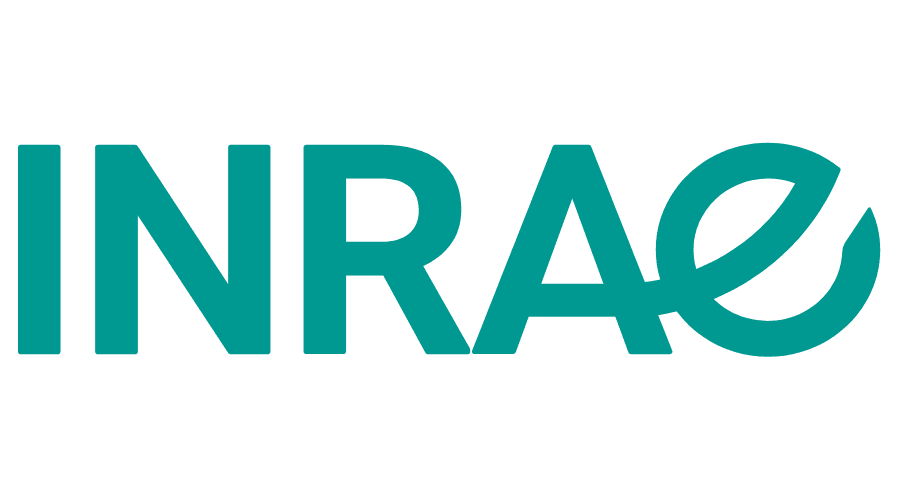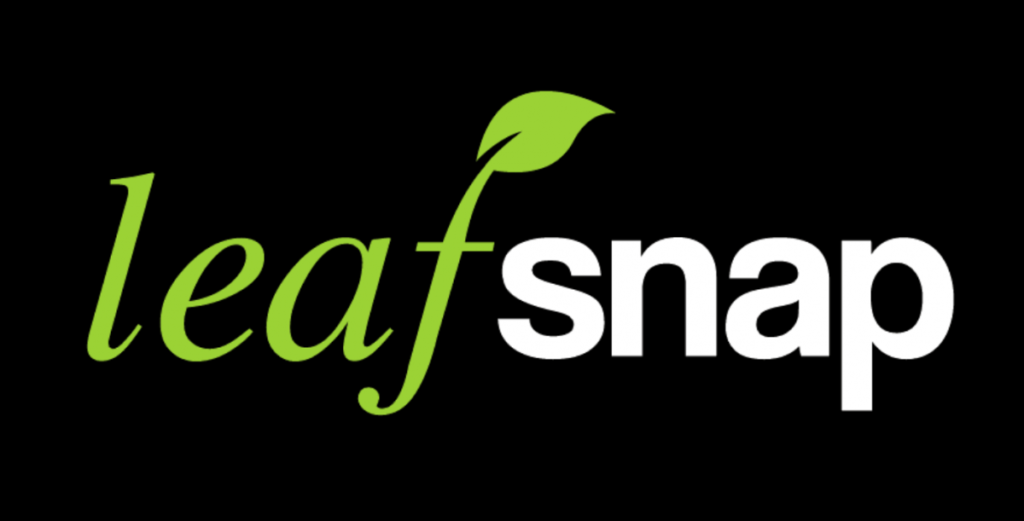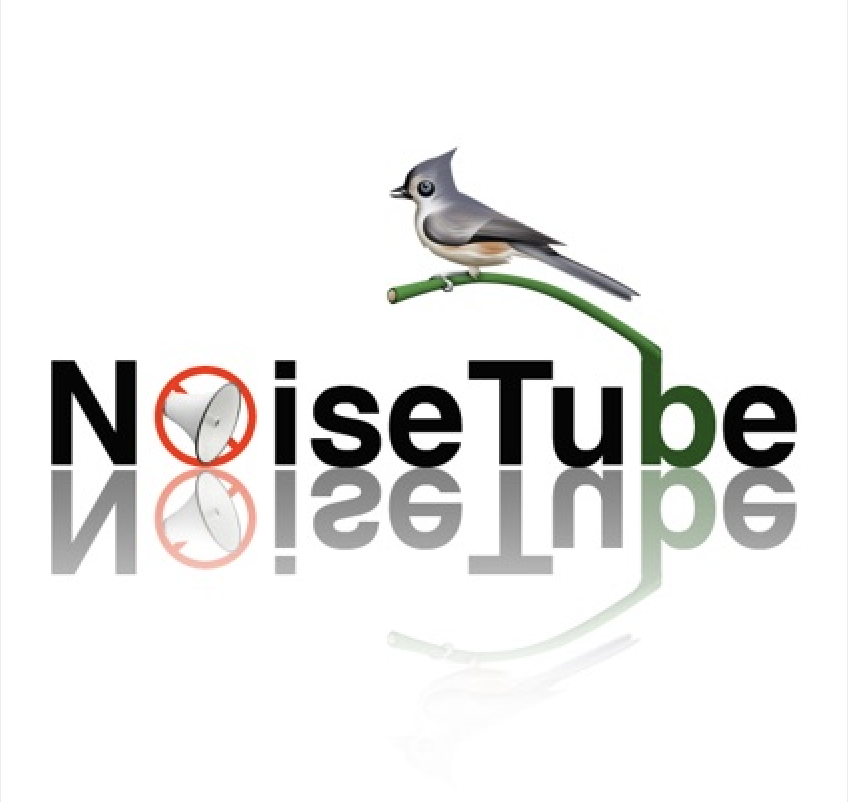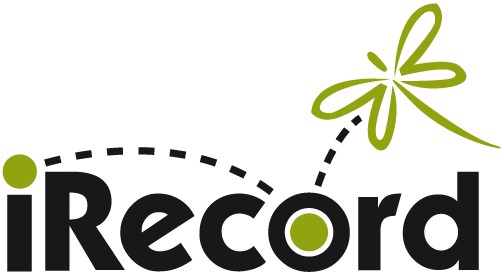CITIZEN SCIENCE
iNaturalist
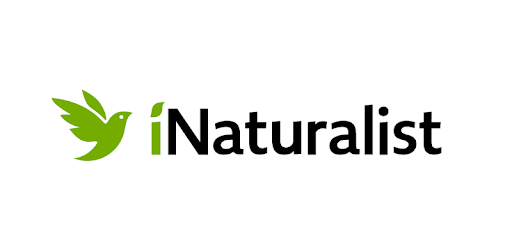
Location: Global
iNaturalist is a registered non-profit and joint initiative if the California Academy of Sciences and National Geographic. Join tens of thousands of people across the globe as they collect data about particular species and places. Available in 35 languages this app allows you to send in photos and information about plants and animals you spot in the wild.
Website
(Available in IOS and Android)
Zooniverse
Location: Global
The Zooniverse enables everyone to take part in real cutting edge research in many fields across the sciences, humanities, and more. The Zooniverse creates opportunities for you to unlock answers and contribute to real discoveries.
Participate in research of all kinds, from classifying galaxies to counting penguins to transcribing manuscripts. Whatever your interest, there’s a Zooniverse project for you.
Website
Spot-a-bee
Location: United Kingdom
Bees are imperative to natural habitats and are a way to measure the health of land. In the last 60 years, bees have lost much of their habitat including 90% of wildflower meadows. The next time you are in the garden or walking the dog, keep a look out for bees and if you see any take a picture on your mobile phone of the plants they are buzzing around and send them to Spot-a-bee via the website. Video are also welcome.
Additional information, such as the name of the plant is welcomed but not essential.
Website
eBird
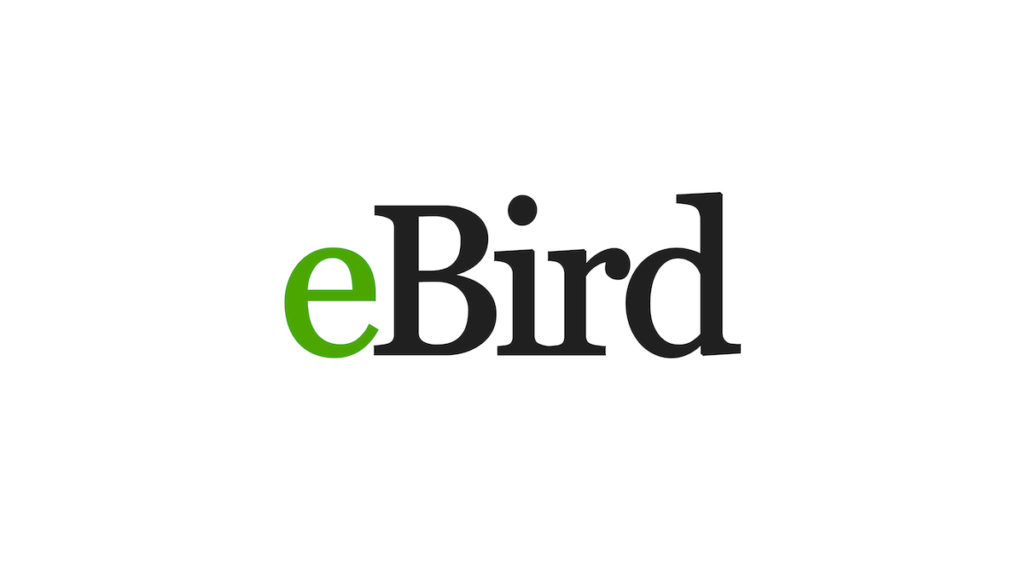 Location: Global
Location: Global
eBird not only allows you to log your personal bird sightings, but also makes it easy share your data with scientists, educational institutions and conservation bodies. This means that when you record birds you see in the field, you are also helping the planet. The app also helps you find more birds and explore other sightings of the largest birding community in the world!
Website
Project Noah
Location: Global
Project Noah is a worldwide project to document the planet’s biodiversity by crowdsourcing photos of animals and plants in your local area — even if you don’t know what they are! Project Noah works with research groups and organizations to help gather important data and they want you to help by logging recent spottings on your mobile phone. Missions can range from photographing specific frogs or flowers to tracking migrating birds or invasive species or logging the effects of the oil spill.
Website
Inrae
Location: France
The AGIIR application is dedicated to identifying invasive species of plants and insects that threaten the health of plants, humans or prey of native species. This easy-to-use application allows citizens recognize several invasive insects and declare their presence.
Website
Leafsnap
Location: Global
Are you a plant lover? Joint the most high tech, comprehensive plant encyclopaedia and identifier ever. Take a photo of any plant, mushroom or cactae and get a result with 95% accuracy. This is the perfect way to learn more about plants and contribute to a global encyclopaedia of plants so others can browse plants indigenous to your country!
Website
NoiseTube
Location: Worldwide – all major cities
Noisetube turns your smartphone into a device that measures noise levels in your neighborhood. It’s part of something called “noise mapping,” which measures noise pollution across the world and helps us understand how it might affect things like wildlife or human behavior.
Website
iRecord
Location: United Kingdom
iRecord App enables you to get involved with biological recording. Contribute your species sightings with GPS acquired coordinates, descriptions and other information, thus providing scientists with important new biodiversity information that contributes to nature conservation, planning, research and education.
Website
FIND A CITIZEN SCIENCE PROJECT IN YOUR COUNTRY!
CITIZEN SCIENCE
iNaturalist

Location: Global
iNaturalist is a registered non-profit and joint initiative if the California Academy of Sciences and National Geographic. Join tens of thousands of people across the globe as they collect data about particular species and places. Available in 35 languages this app allows you to send in photos and information about plants and animals you spot in the wild.
Website
(Available in IOS and Android)
Zooniverse
Location: Global
The Zooniverse enables everyone to take part in real cutting edge research in many fields across the sciences, humanities, and more. The Zooniverse creates opportunities for you to unlock answers and contribute to real discoveries.
Participate in research of all kinds, from classifying galaxies to counting penguins to transcribing manuscripts. Whatever your interest, there’s a Zooniverse project for you.
Website
Spot-a-bee
Location: United Kingdom
Bees are imperative to natural habitats and are a way to measure the health of land. In the last 60 years, bees have lost much of their habitat including 90% of wildflower meadows. The next time you are in the garden or walking the dog, keep a look out for bees and if you see any take a picture on your mobile phone of the plants they are buzzing around and send them to Spot-a-bee via the website. Video are also welcome.
Additional information, such as the name of the plant is welcomed but not essential.
Website
eBird
 Location: Global
Location: Global
eBird not only allows you to log your personal bird sightings, but also makes it easy share your data with scientists, educational institutions and conservation bodies. This means that when you record birds you see in the field, you are also helping the planet. The app also helps you find more birds and explore other sightings of the largest birding community in the world!
Website
Project Noah
Location: Global
Project Noah is a worldwide project to document the planet’s biodiversity by crowdsourcing photos of animals and plants in your local area — even if you don’t know what they are! Project Noah works with research groups and organizations to help gather important data and they want you to help by logging recent spottings on your mobile phone. Missions can range from photographing specific frogs or flowers to tracking migrating birds or invasive species or logging the effects of the oil spill.
Website
Inrae
Location: France
The AGIIR application is dedicated to identifying invasive species of plants and insects that threaten the health of plants, humans or prey of native species. This easy-to-use application allows citizens recognize several invasive insects and declare their presence.
Website
Leafsnap
Location: Global
Are you a plant lover? Joint the most high tech, comprehensive plant encyclopaedia and identifier ever. Take a photo of any plant, mushroom or cactae and get a result with 95% accuracy. This is the perfect way to learn more about plants and contribute to a global encyclopaedia of plants so others can browse plants indigenous to your country!
Website
NoiseTube
Location: Worldwide – all major cities
Noisetube turns your smartphone into a device that measures noise levels in your neighborhood. It’s part of something called “noise mapping,” which measures noise pollution across the world and helps us understand how it might affect things like wildlife or human behavior.
Website
iRecord
Location: United Kingdom
iRecord App enables you to get involved with biological recording. Contribute your species sightings with GPS acquired coordinates, descriptions and other information, thus providing scientists with important new biodiversity information that contributes to nature conservation, planning, research and education.
Website
FIND A CITIZEN SCIENCE PROJECT IN YOUR COUNTRY!
I would like to GIVE MONEY.




